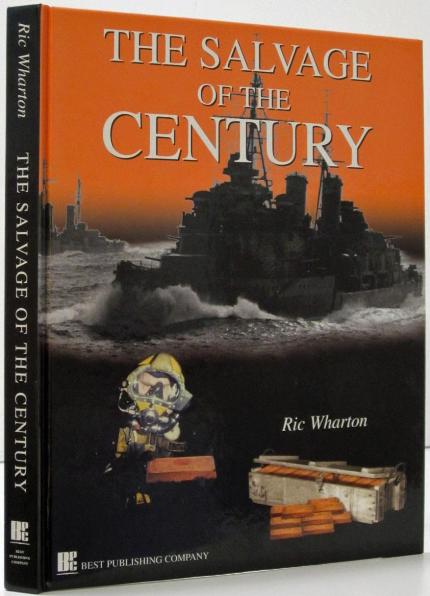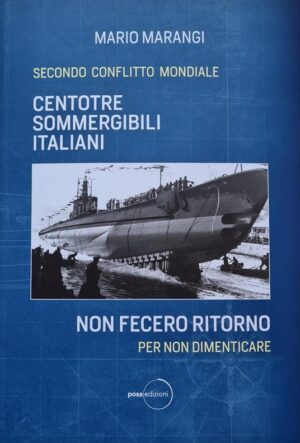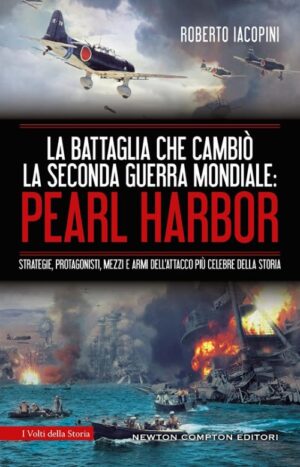the salvage of the century
€47,00 €32,00
Author: wharton r.
ISBN: 614701867
1 in stock (can be backordered)
1 in stock (can be backordered)
Description
This is the true story of one of the most ambitious and successful marine salvage operations ever undertaken. The story begins in 1942, in the darkest days of the Second World War. Hitler had invaded Russia and was rampaging towards Moscow, with Stalin fighting for survival. America had not yet entered the war and Britain stood alone fighting for her own survival. Winston Churchill recognized immediately that Operation Barbarossa, the German surprise attack on Russia, would give him the breathing space he needed to get America into the war and to prepare for the invasion of occupied Europe. Russia was neither equipped nor prepared for the German invasion and came very close to capitulation. Stalin demanded help from Britain to supply urgently needed war materials. The only possible route to ship supplies to Russia was around the North of Norway to Mumansk in the Barents Sea and so the infamous Arctic Convoys were started. America, while not yet in the war, supplied the war materials, by convoy on British merchant ship to the west coast of Scotland. The convoys were then reformed into the Arctic Convoys to Mumansk, generally escorted by a heavy cruiser and numerous smaller destroyers and escort vessels. The convoys operated from 1941 to 1945 during which time they shipped more that 12000 tanks, 20000 aircraft, 350000 tons of explosives, 400000 motor vehicle, 135000 rifles and vast quantities of fuel and other supplies. During those convoys just over one hundred warships and merchantmen were lost, along with thousands of lives. One of the most tragic and heroic losses was the heavy cruiser HMS Edinburgh in April 1942. Churchill simply did not trust Stalin and insisted that all the shipments be paid for at the time in gold. Stalin drained Russia’s gold reserves and transported the bullion from Moscow to Murmansk. The gold bullion payments were always shipped on the lead escort vessel of the returning convoy. In April 1942, this was HMS Edinburgh. Zigzagging ahead of the returning convoy at 33 knots, just below the ice cap, she was struck by two torpedoes and mortally damaged. The crew heroically kept the ship afloat and were heading slowly back to Murmansk when they were attacked by three German destroyers. With all the gun directors out of action, they succeeded in hand laying the guns and sinking one of the German destroyer, the Hermann Shoemamn. The Germans then broke off the engagement, but not before one of their torpedoes hit the HMS Edinburgh again. The survivors abandoned ship and HMS Edinburgh sank in over 800 feet of water in the Barents Sea, taking 5,5 tons of Stalin’s Gold to the bottom with her. This is the true story of how Ric Wharton’s company, Wharton Williams Ltd. (2W) found the wreck and, using newly developed oilfield saturation diving technology, recovered all the bullion without any diving accidents. The gold was worth £ 50 million at the time, £ 200 million at today’s prices. It is a fascinating story of detailed research, skullduggery and dishonesty and gold fever of governments. The salvage remains a world record for the value of gold bullion recovered and the water depth of the recovery operation. Ric Wharton has had a long career in the diving and salvage industry and this book gives a fascinating insight into the exciting world of diving salvage.
Edition: 2000






